Welcome to historic Idaho City, which had the largest population in the entire Northwest during the height of the rip-roaring gold rush days, from 1862-1866!
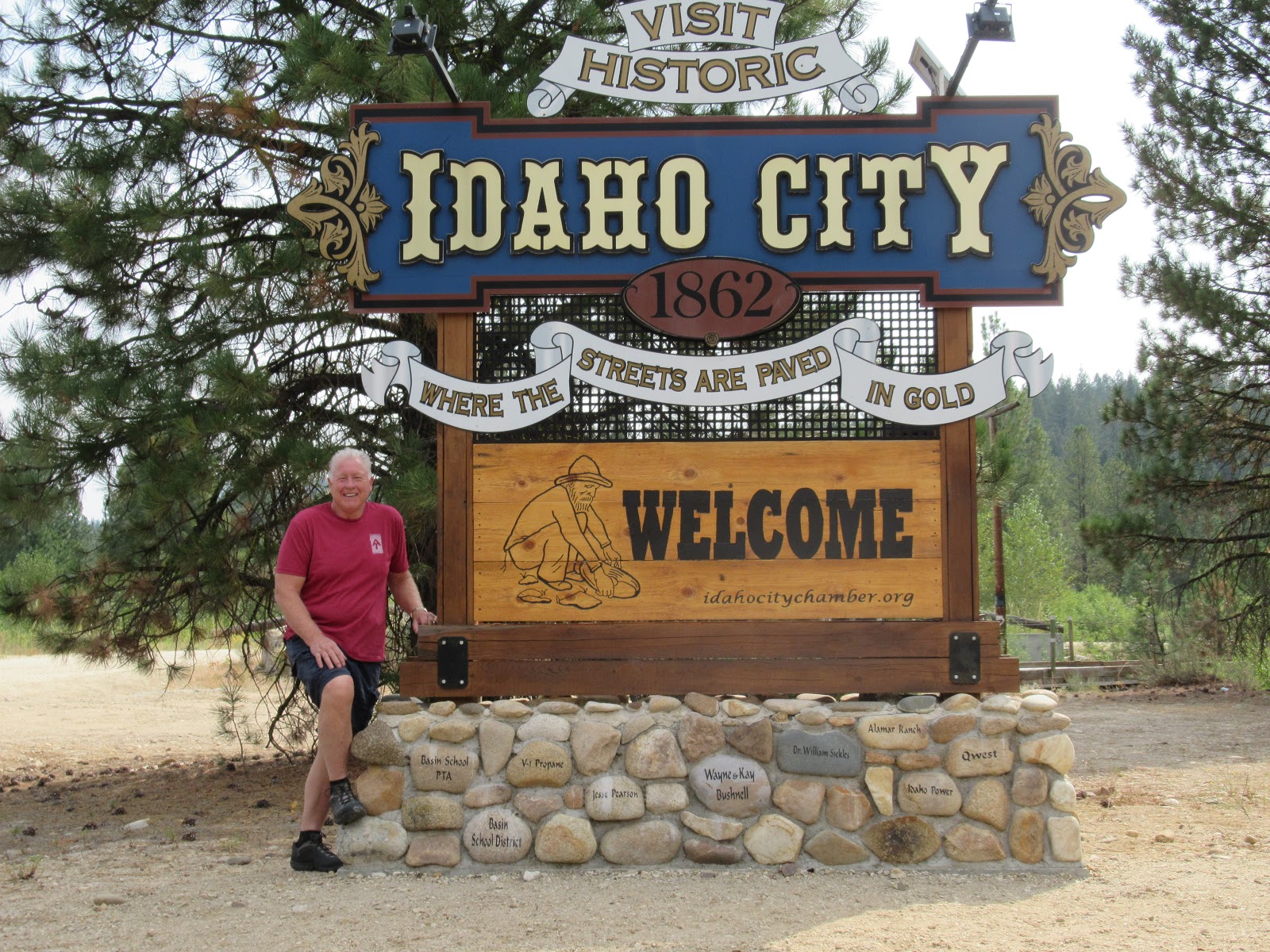
The “worst of the worst” were here – desperate outlaws and colorful characters, all desperately needing a bath and stinking to high heaven.
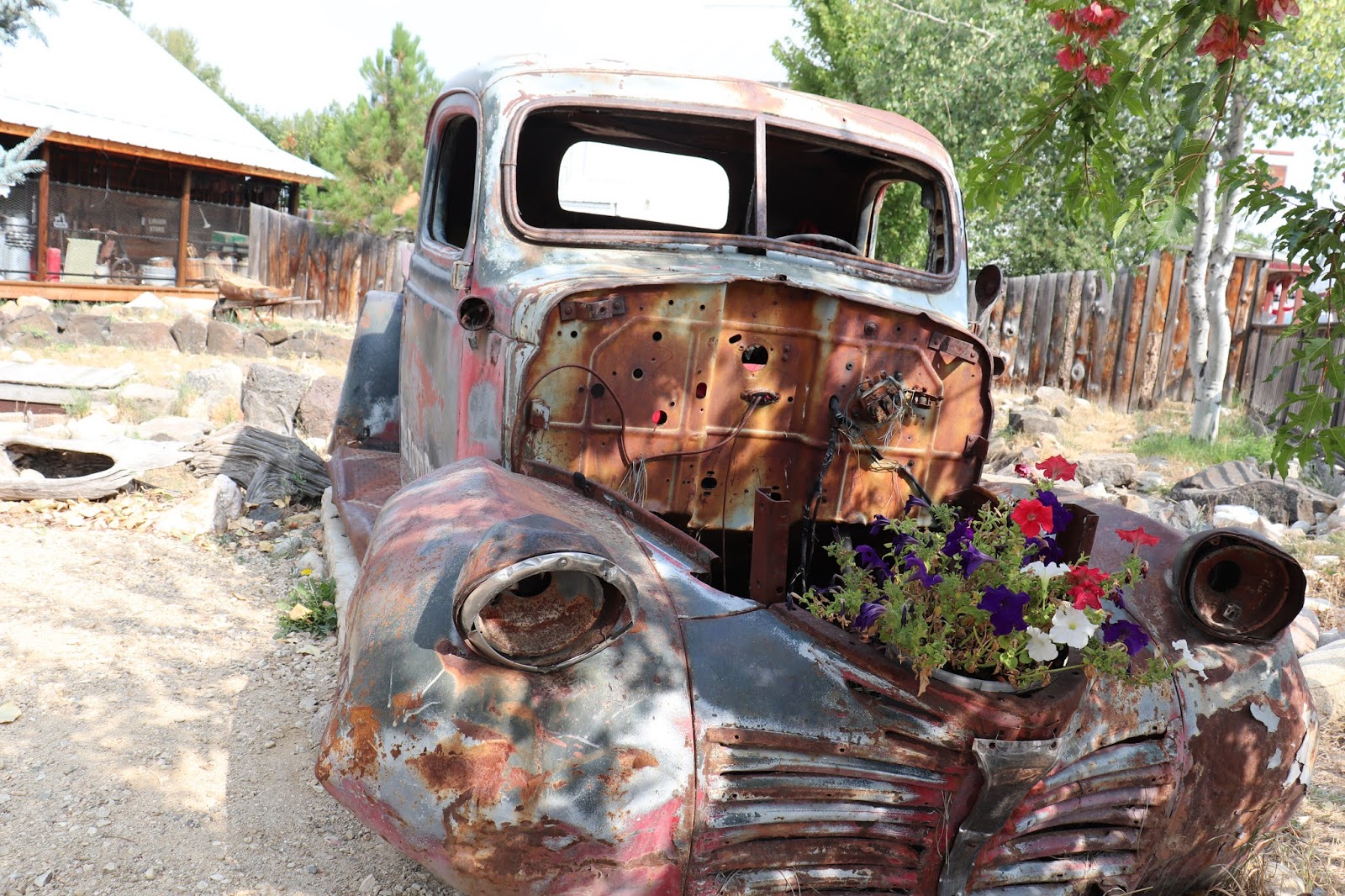
During the gold rush, when this area produced more gold than either the California 49’er or the Alaska Klondike, this roaring metropolis had 6,275 people … and 5,691 were men! It was a place of absolute lawlessness, where whiskey was cheaper than water.

If you’re into bricks and boardwalks, this colorful town has been lovingly preserved and documented for your enjoyment, including signs, maps, and even scavenger hunts throughout town.

In this building on the corner of Main and School, the main schoolhouse served 1st-4th grade on the bottom floor, 5th-8th on the top.
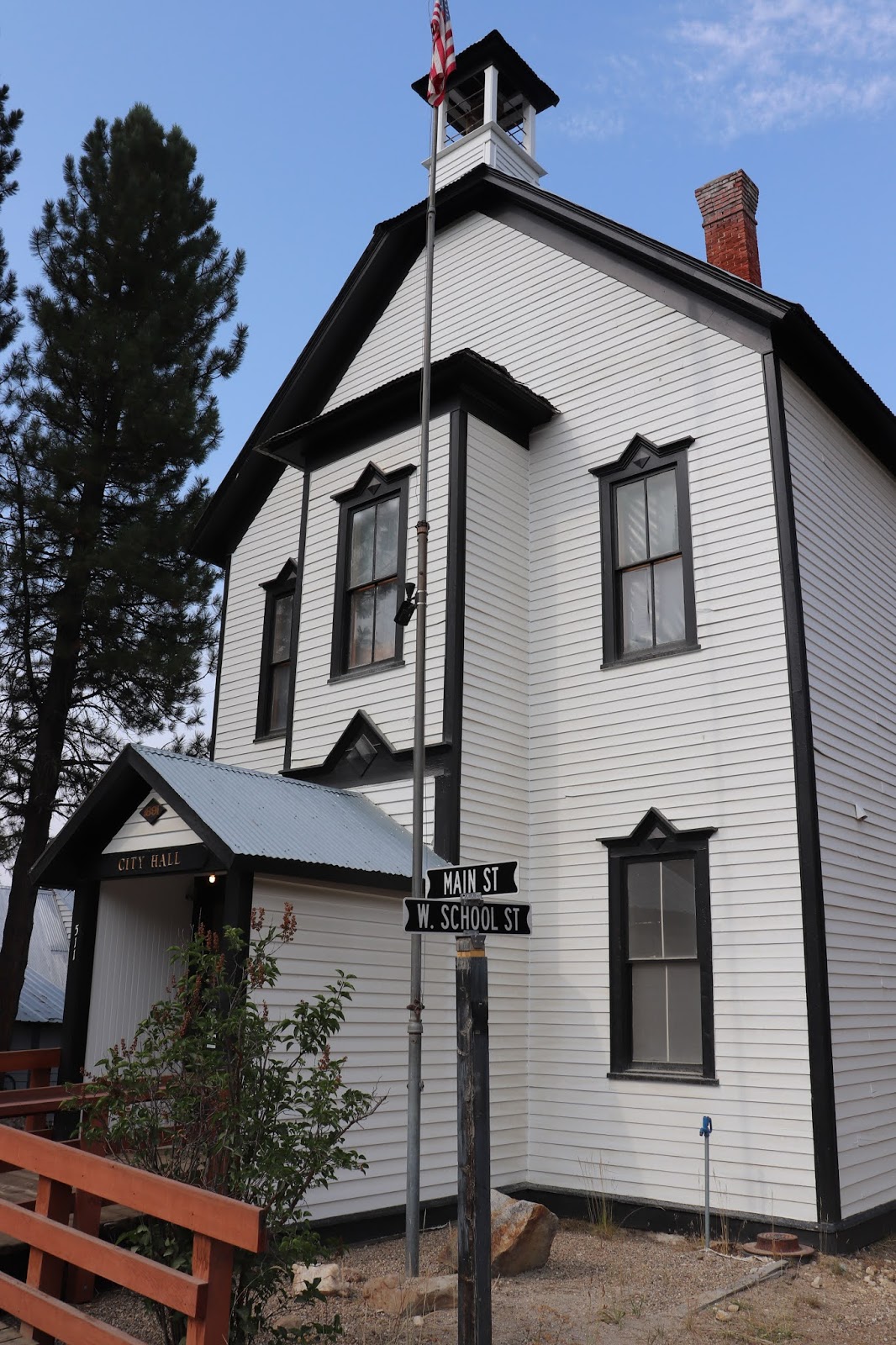
The tiny town’s historic district highlights carefully preserved and documented buildings. The best way to get all the juicy “stories behind the stories” is to hire local historian Rhonda Jameson (208-392-9766), and her dog Mojo, for a guided walking tour.

Here at the “Merc,” you could buy an apple for a pinch of gold. Fire has always been a threat here, in one case wiping out 80% of the town.
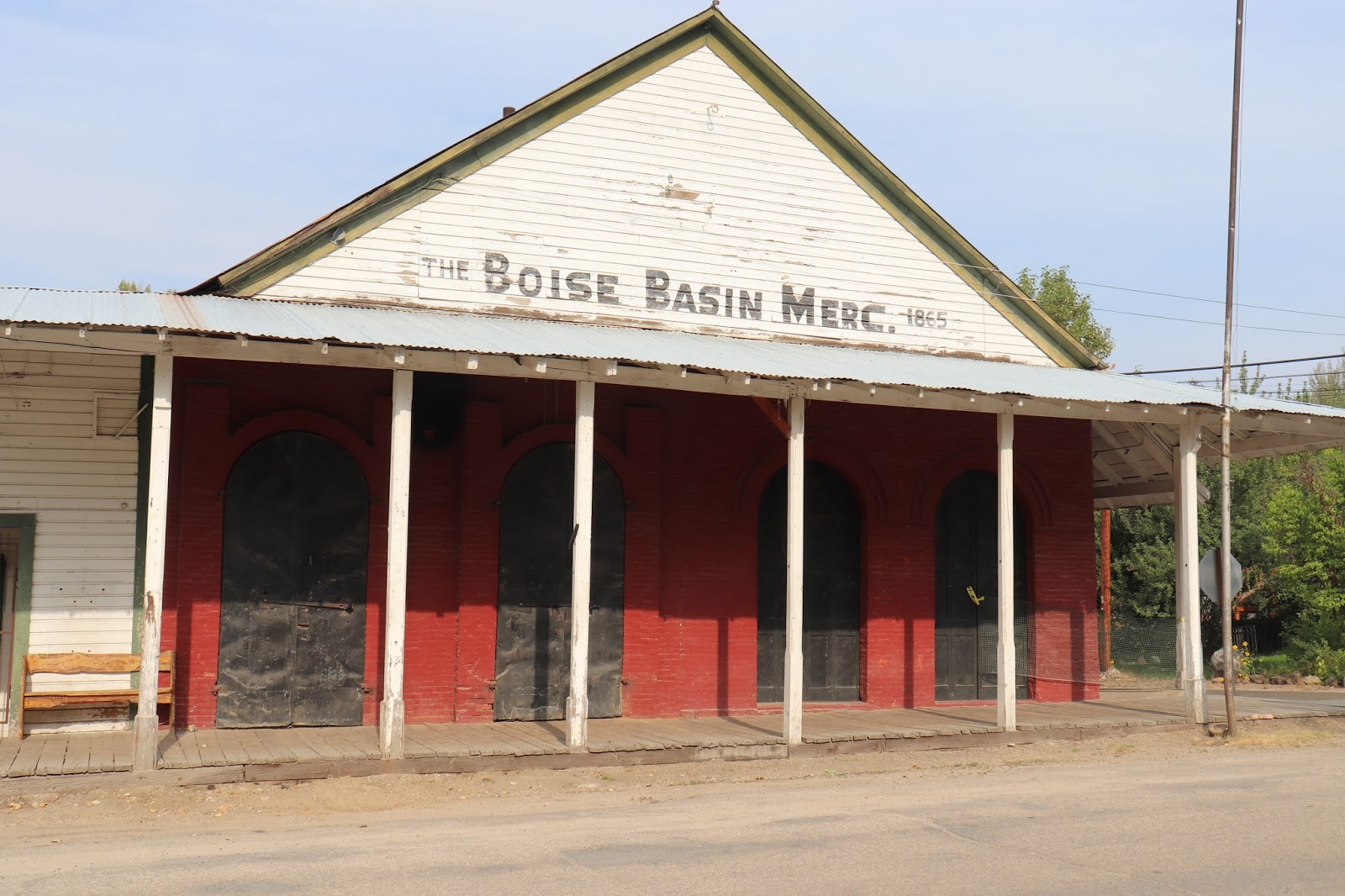
In defense, some buildings were built of bricks, and appointed with imported steel doors. This building even has 2 feet of dirt still in its ceiling today, to reduce the risk of fire jumping to it.
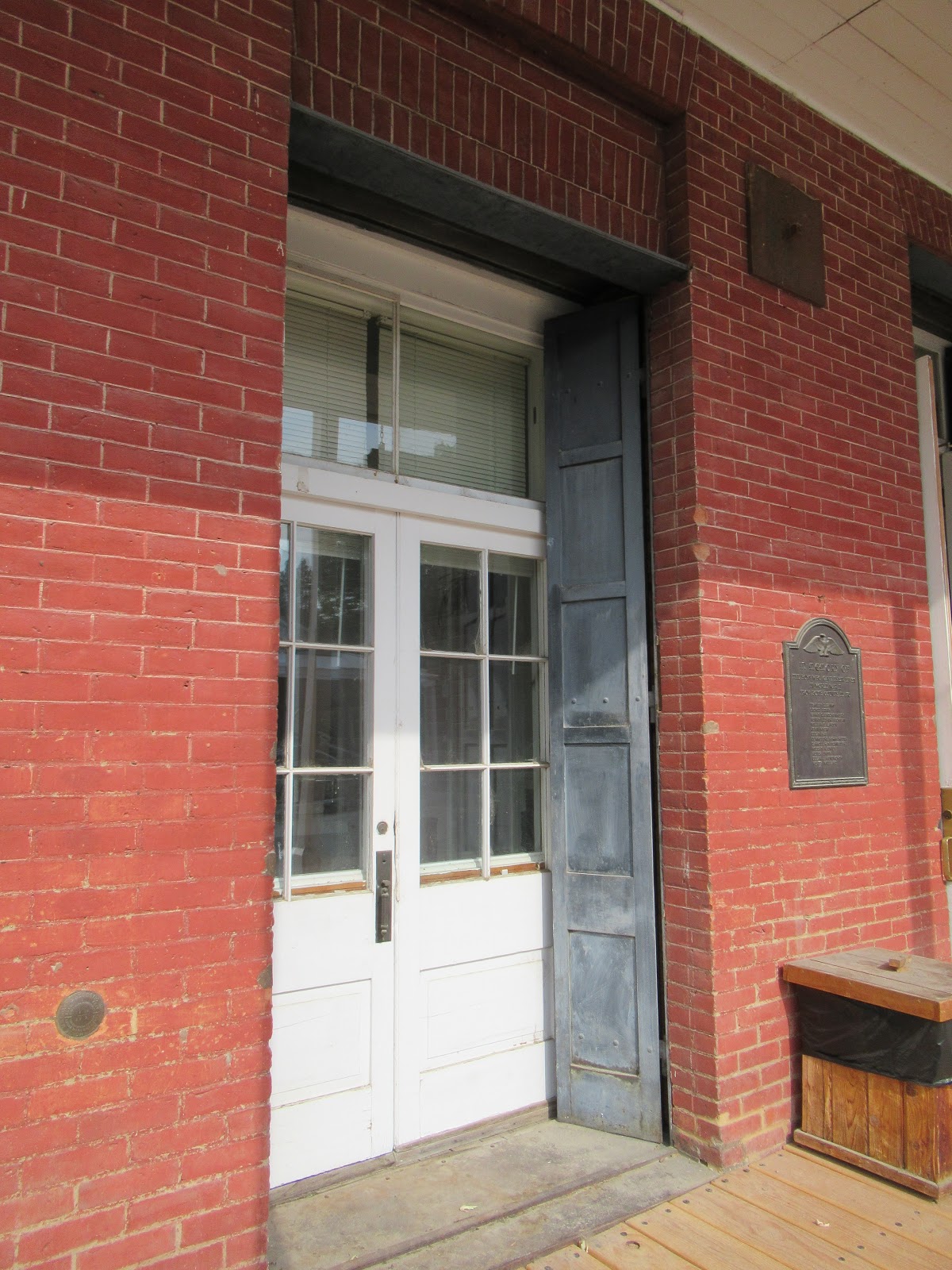
The Boise Basin Museum is small but remarkably complete.
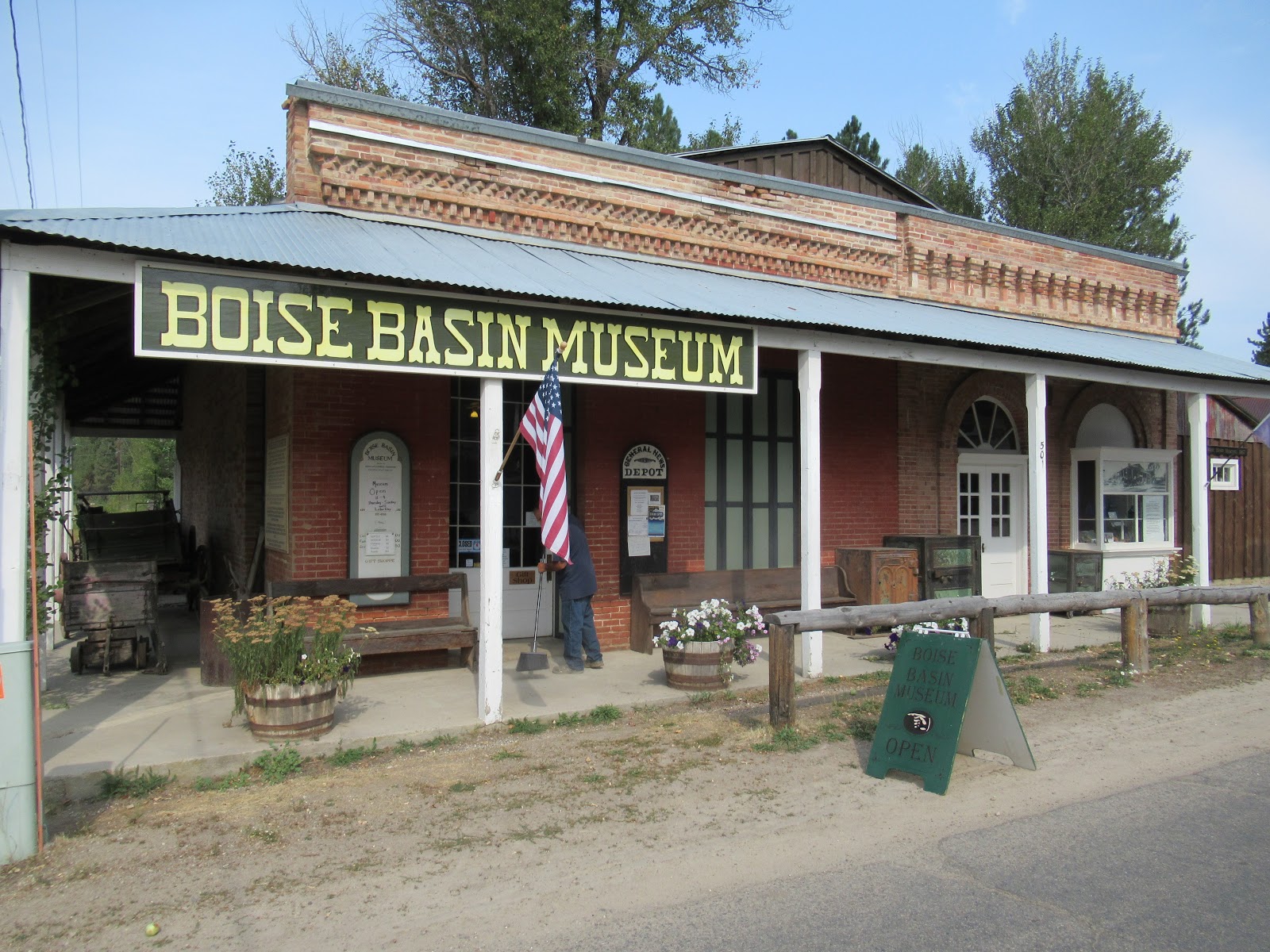
The circa-1865 Masonic Temple continues to be a hub of social activity for town residents. Just this past Fourth of July, town residents took turns reading lines from the Declaration of Independence from the balcony.
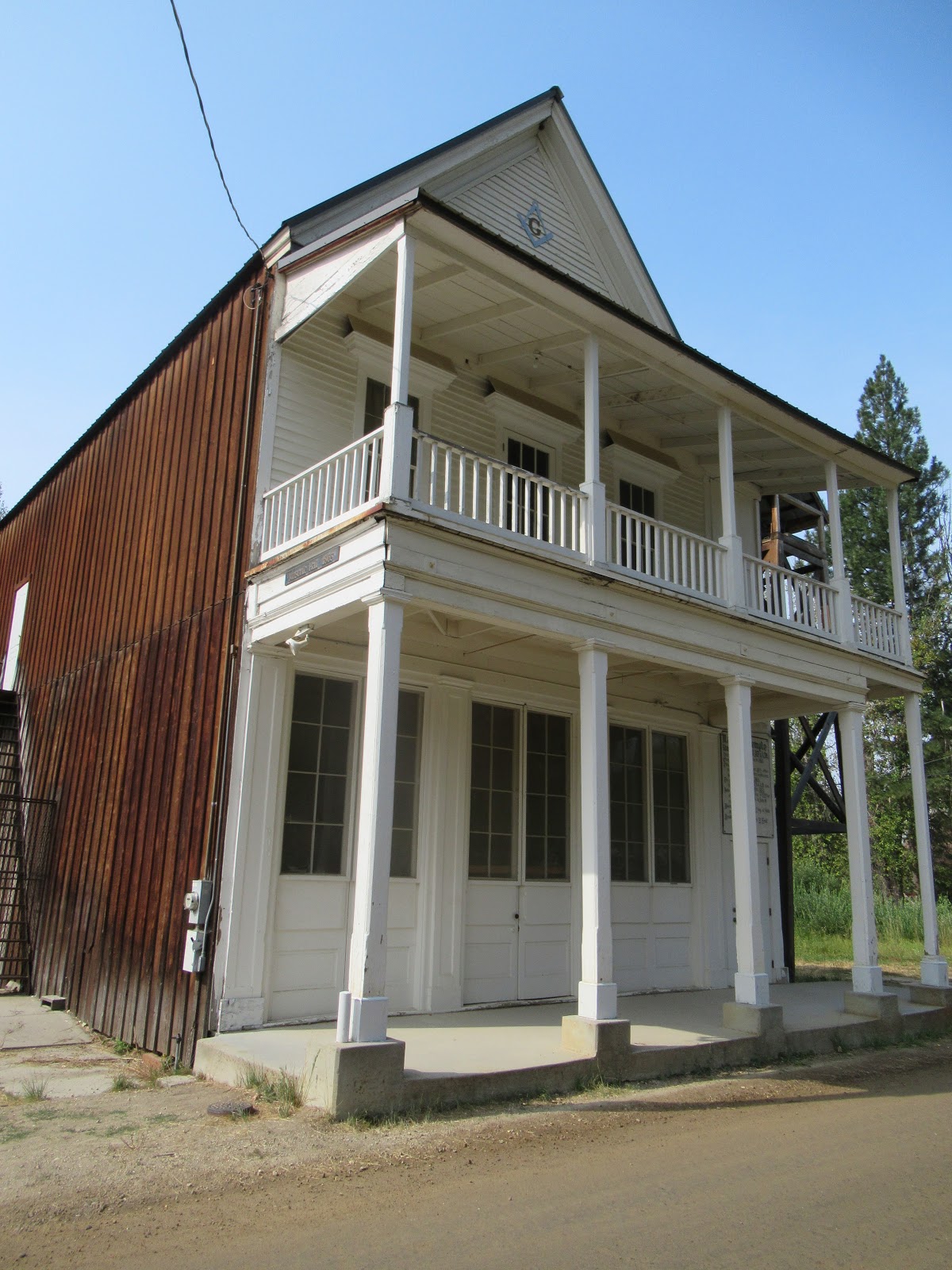
Then, they lit off stink bombs and shouted out everything about 2020 that stinks … a long list, no doubt!
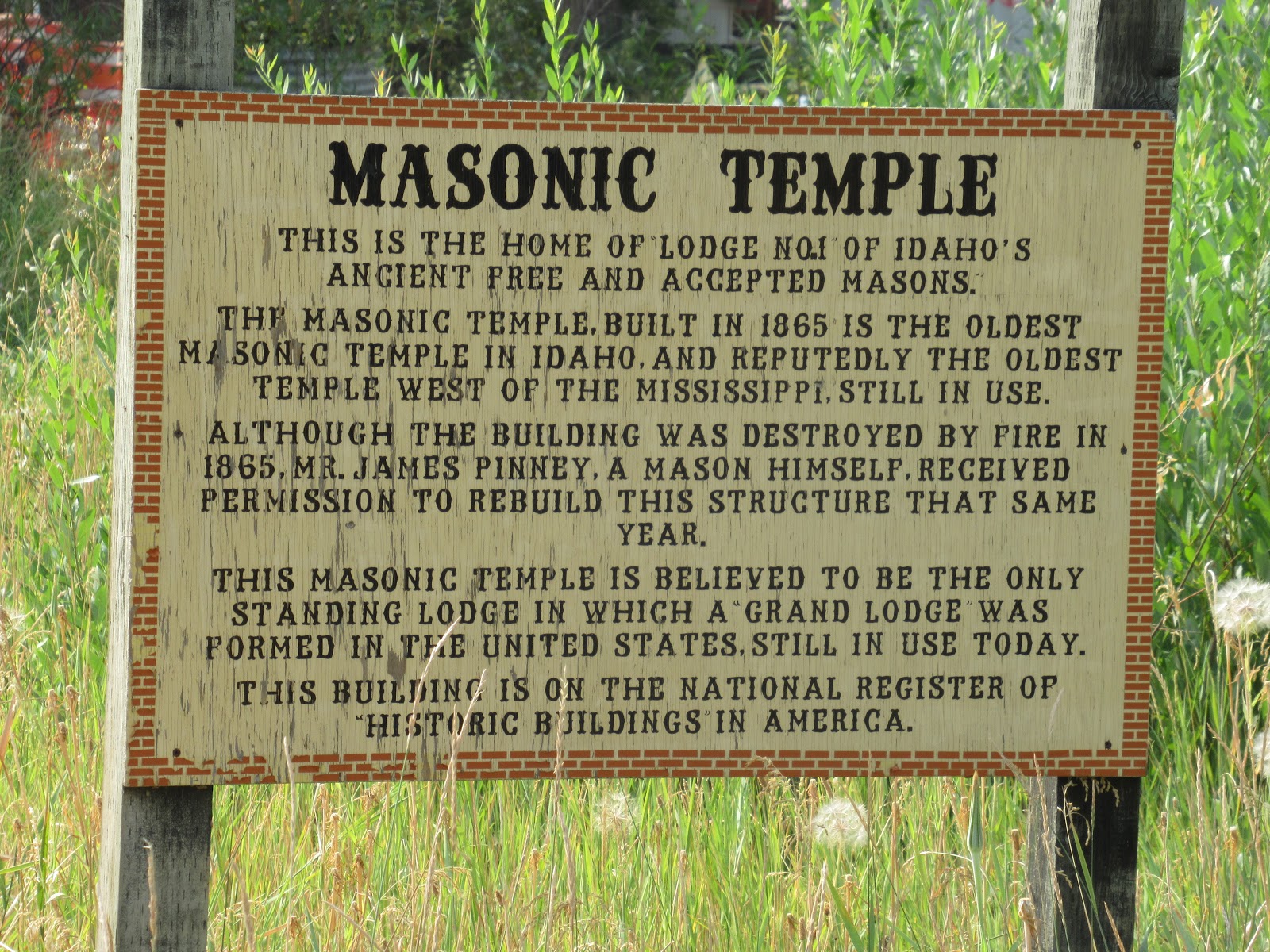
By far the most interesting building is the “Pest House.” Here, indigent citizens with contagious diseases were housed. Aren’t we lucky the Covid situation hasn’t come to this, yet!

Epidemics were rampant in a city with crowded housing and poor sanitation. If you got sick, here’s where they stashed you until you recovered, or more likely, died.
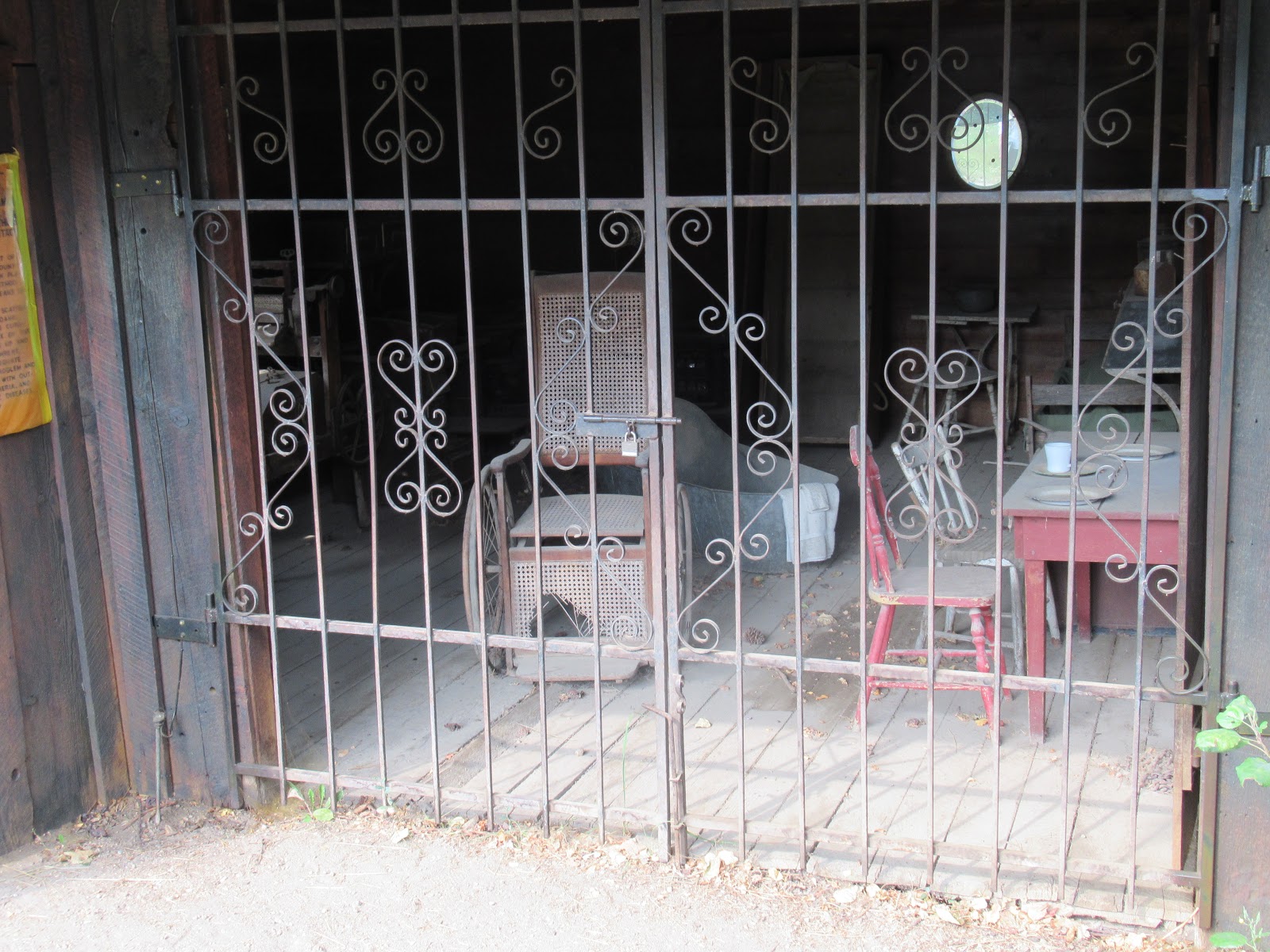
The Pioneer Cemetery has 3,000+ graves; convicted murderers and other outcasts were buried outside the edge of the 40 acres. Of the first 200 graves dug in the town cemetery, only 28 were for people who died of natural causes.
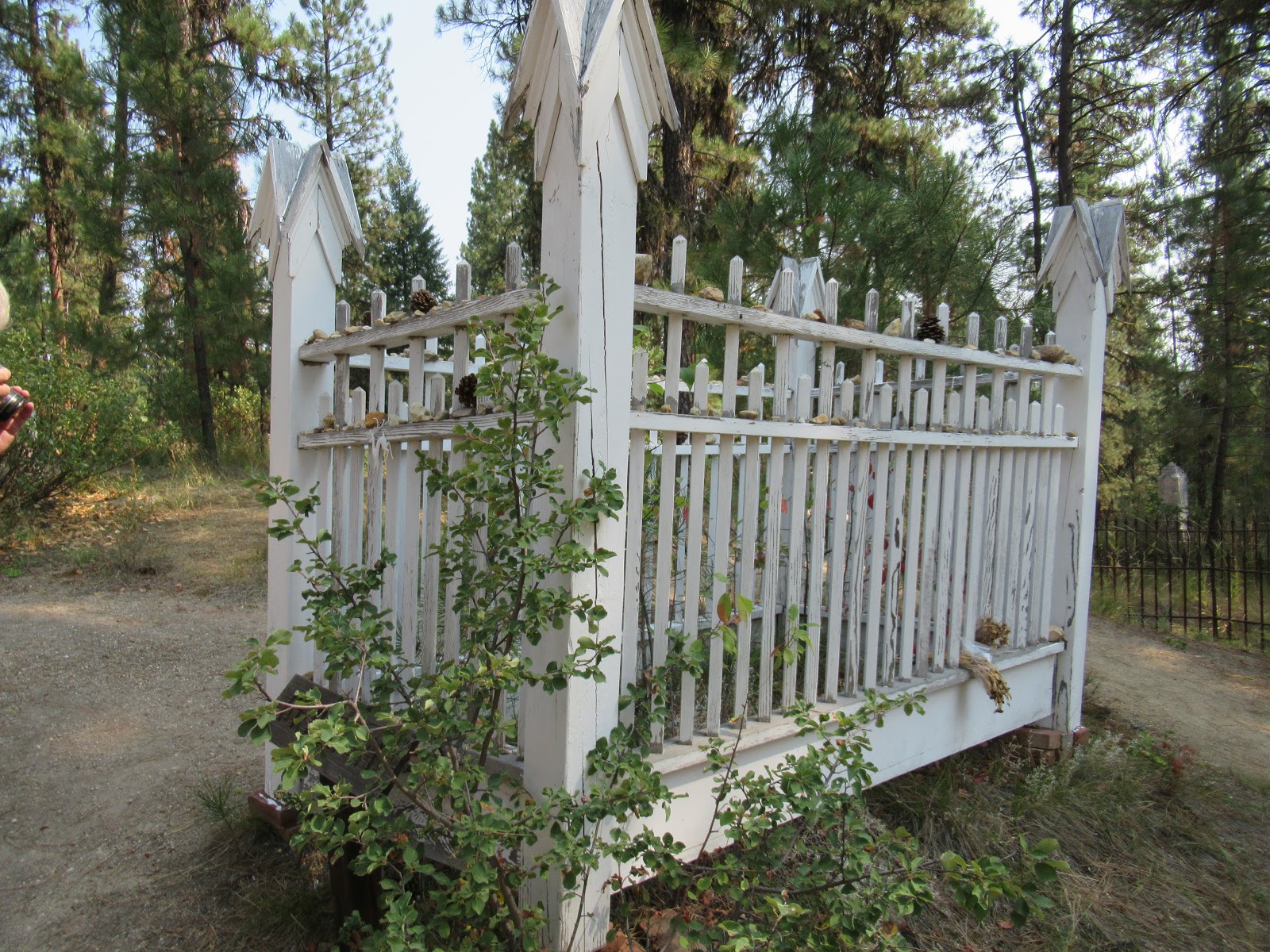
Interesting gravestones include one that admonishes, “know your neighbor, care for small life and make sure your hat fits.” Catholics got the high ground; the Chinese, who made up 25% of the town, down low. Many of the graves are unmarked or unknown.

Many “residents” are famous (or infamous), including one 1870’s delegate to Congress who was censured for “intemperate language during debate” and was killed in a gunfight on Main Street over a political argument, proving that times change but people really don’t.
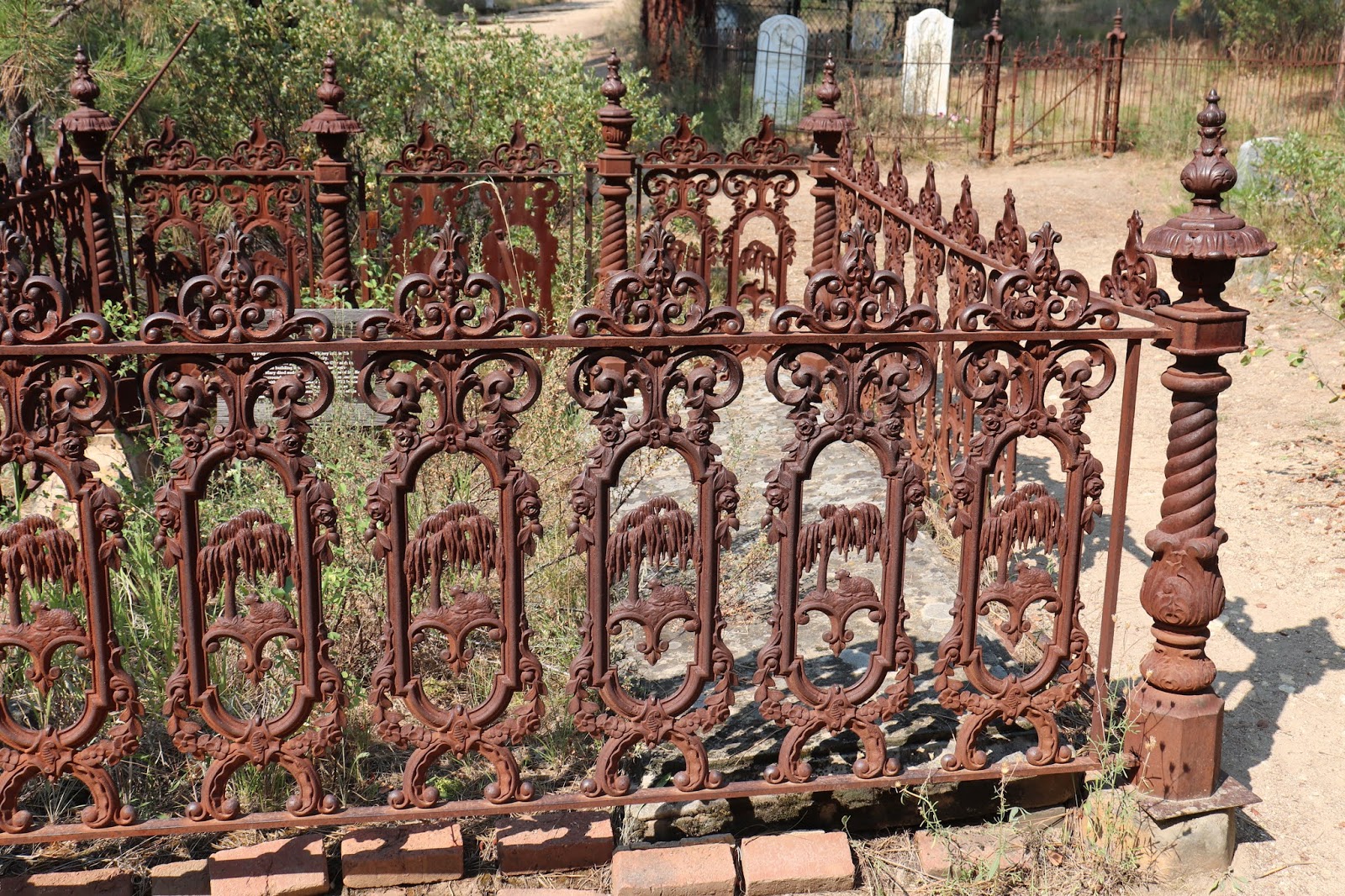
The penitentiary for the entire Boise Basin area was located here, and you know it had to be busting at the seams at all times, based on the cast of n’er-do-wells that roamed the area.
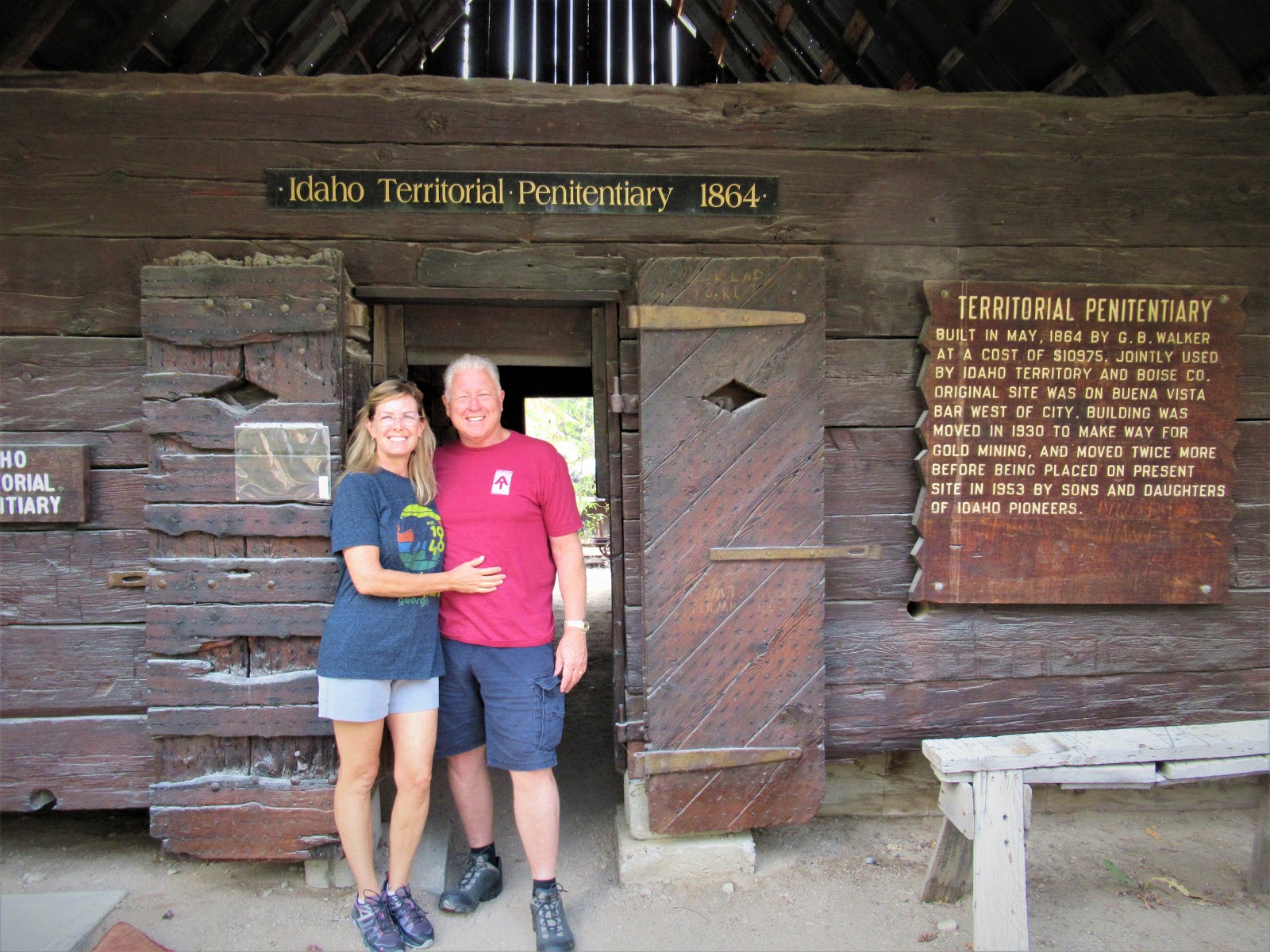
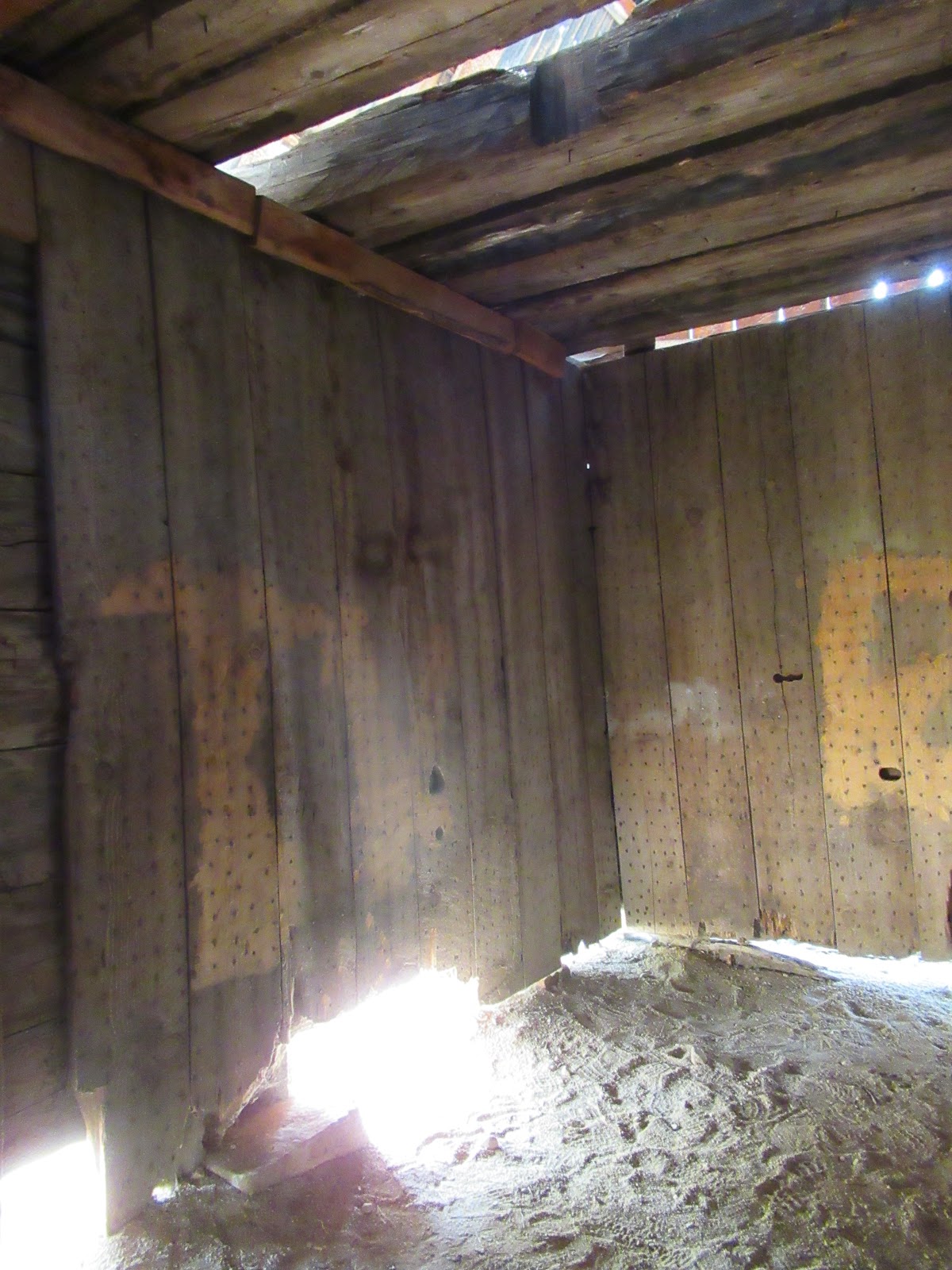
Here, in dusty boredom, desperadoes carved their names into the planks.
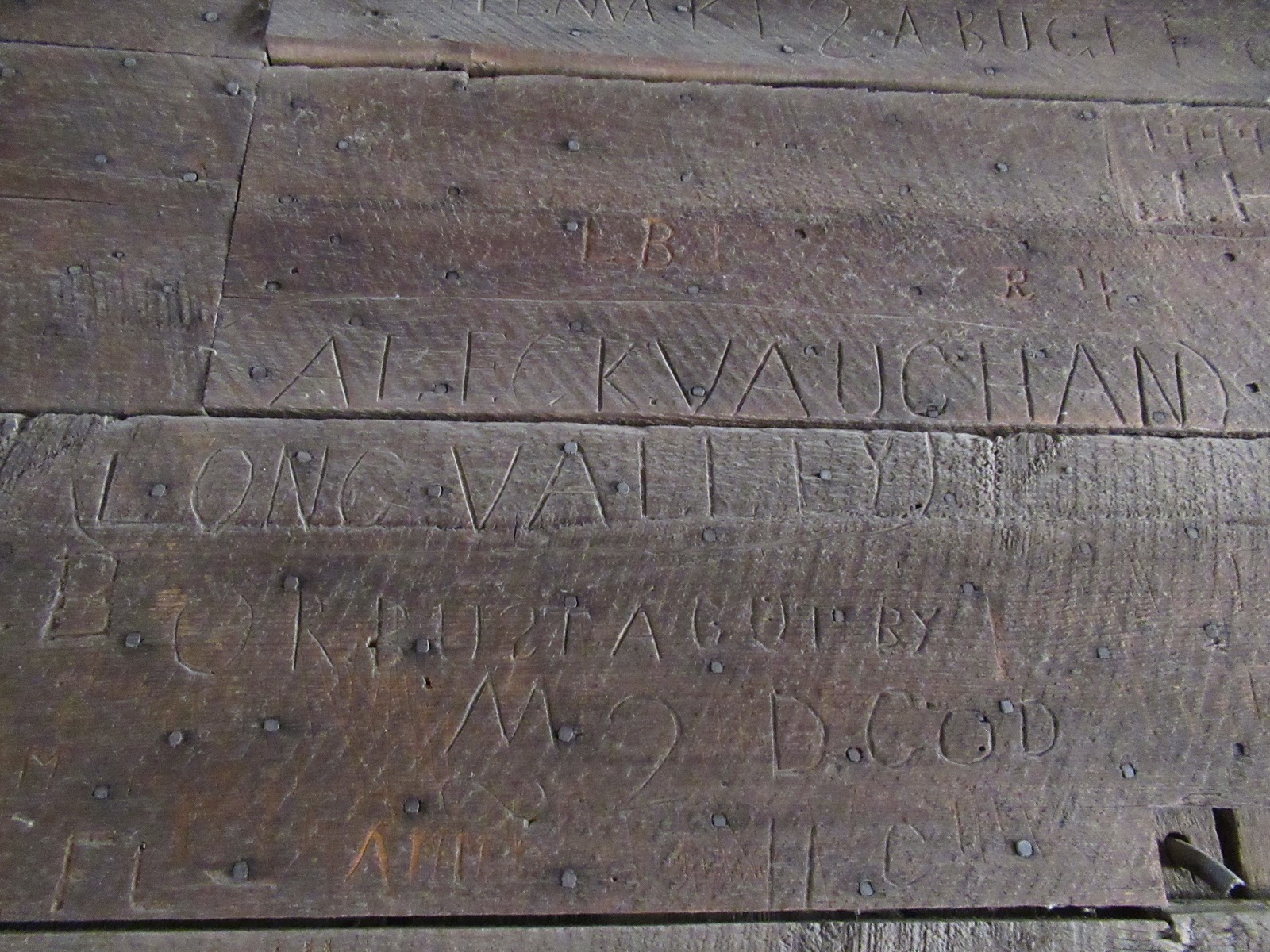
Herman St. Clair was its most famous resident, having brutally killed his mining partner. His last wish, which he received, was for “a long drop,” from the gallows, with a flurry of media attention.

At its heydey, Idaho City has 41 saloons — today, only 4 (still a lot for a town this size). The most interesting, in a dark and crowded sort of way, is Diamond Lil’s.
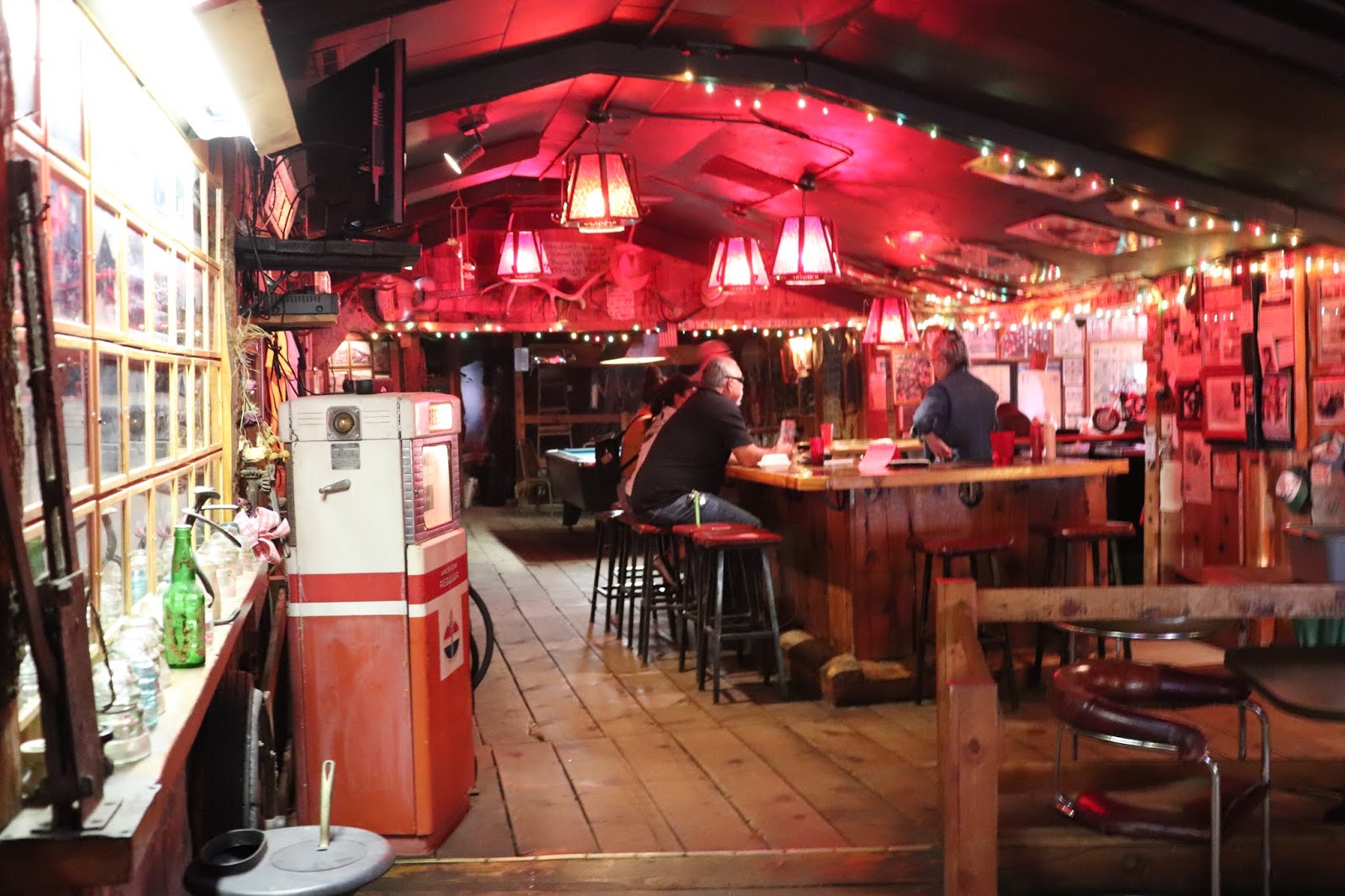
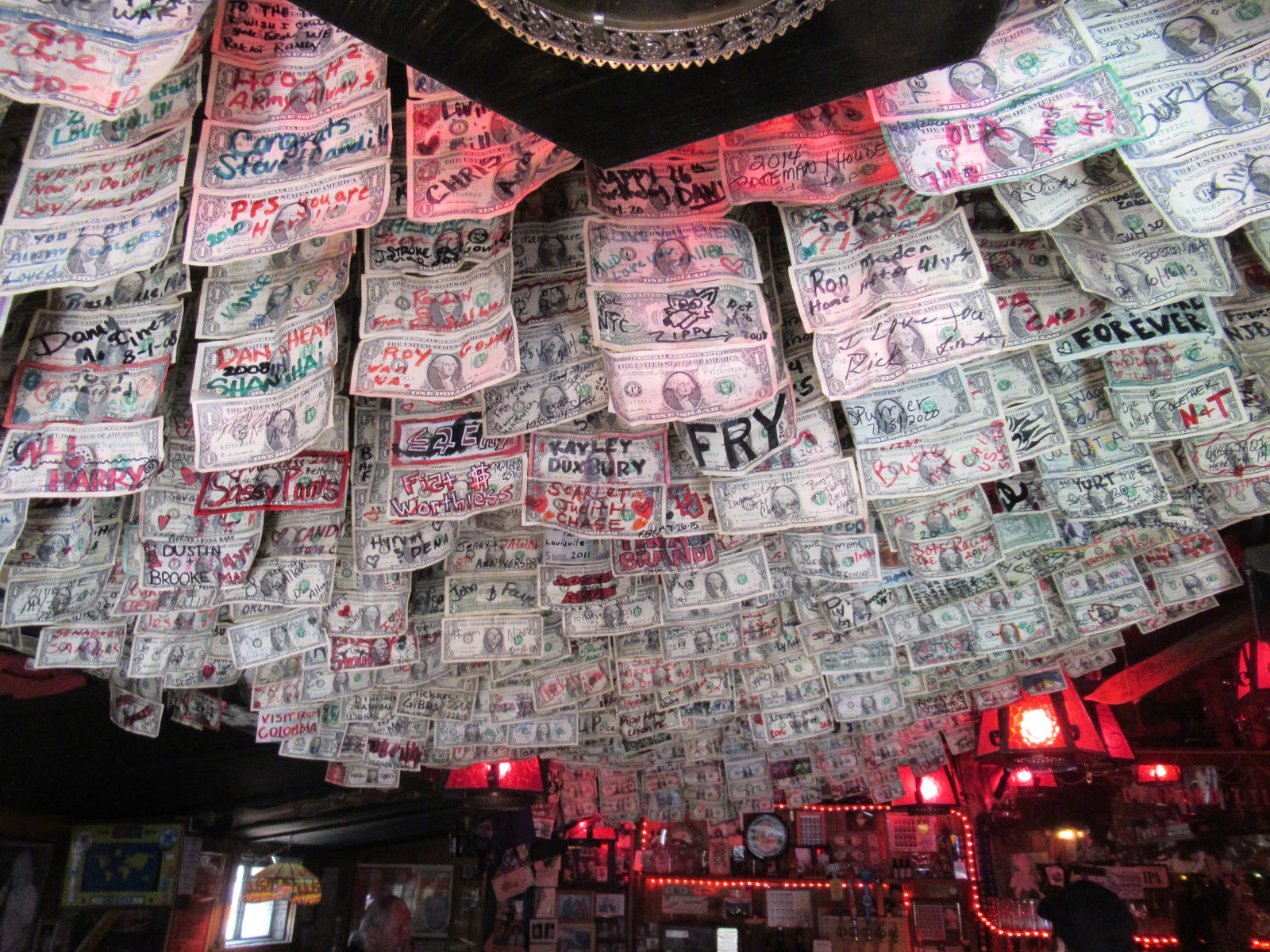
As you can see, a dubious sort of customer still frequents this long-standing watering hole.

The most popular bar back in the day was the Miners’ Exchange, where hardworking miners would bring their day’s riches to exchange for money, or, more likely cocktails.
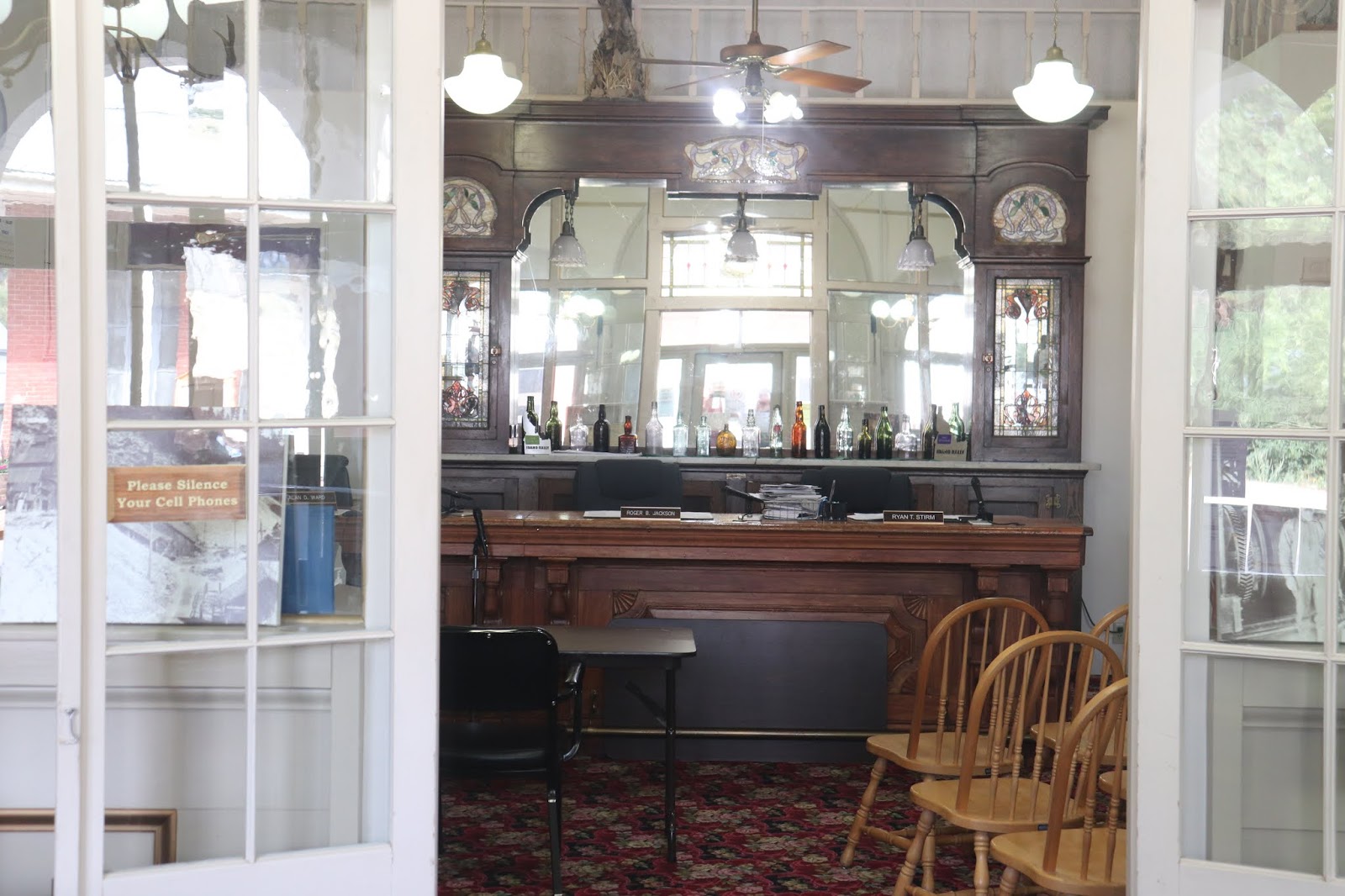
Today, it’s the city offices, so when the city council meets, they literally take seats behind the bar to conduct their business.
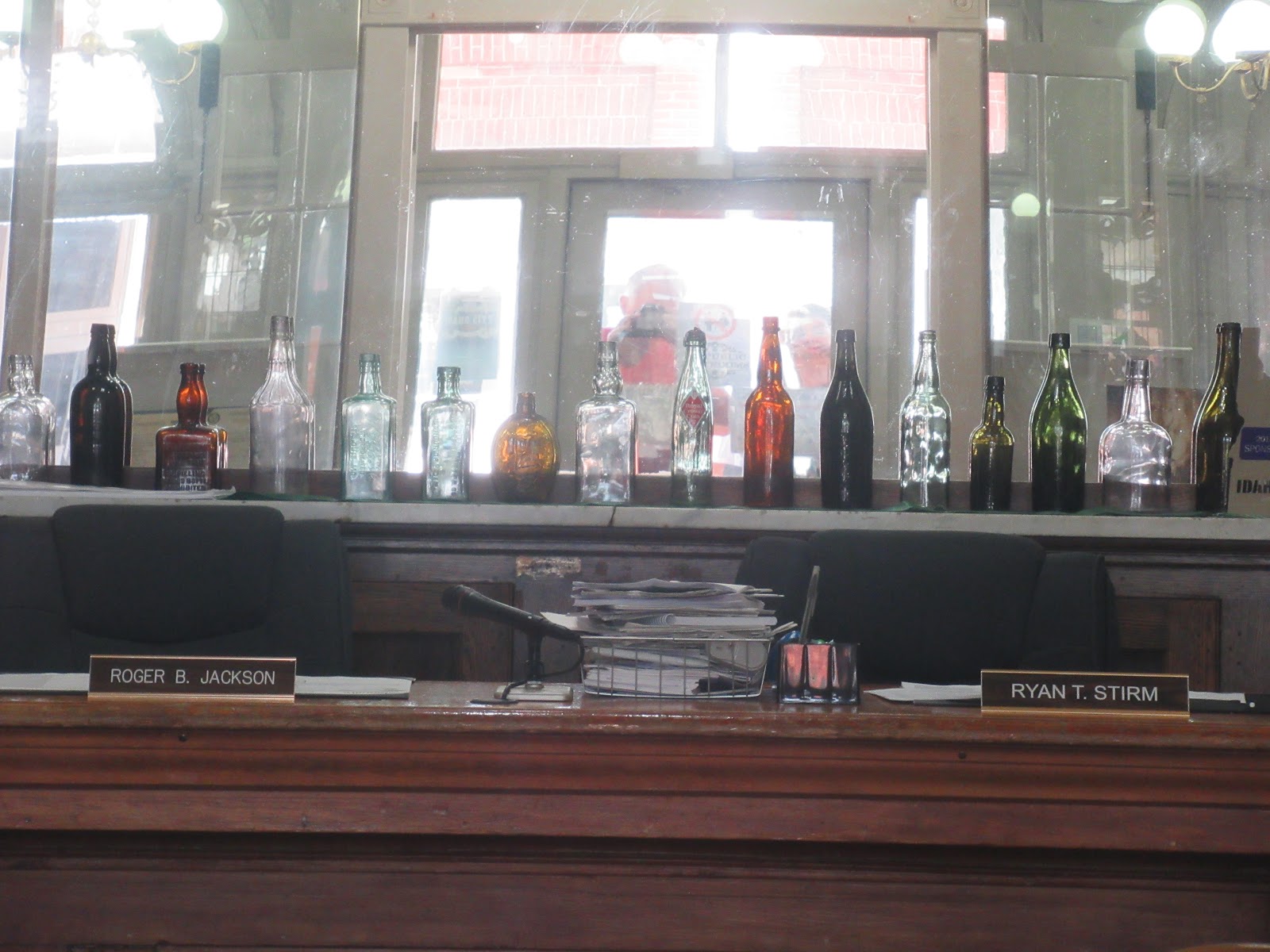
A few small businesses remain, including Trudy’s Kitchen for come-for-miles-around pie and cheesecake, and The Sluice Box, a junk shop, I mean “antique shop,” that is one of the most photographed in the state.


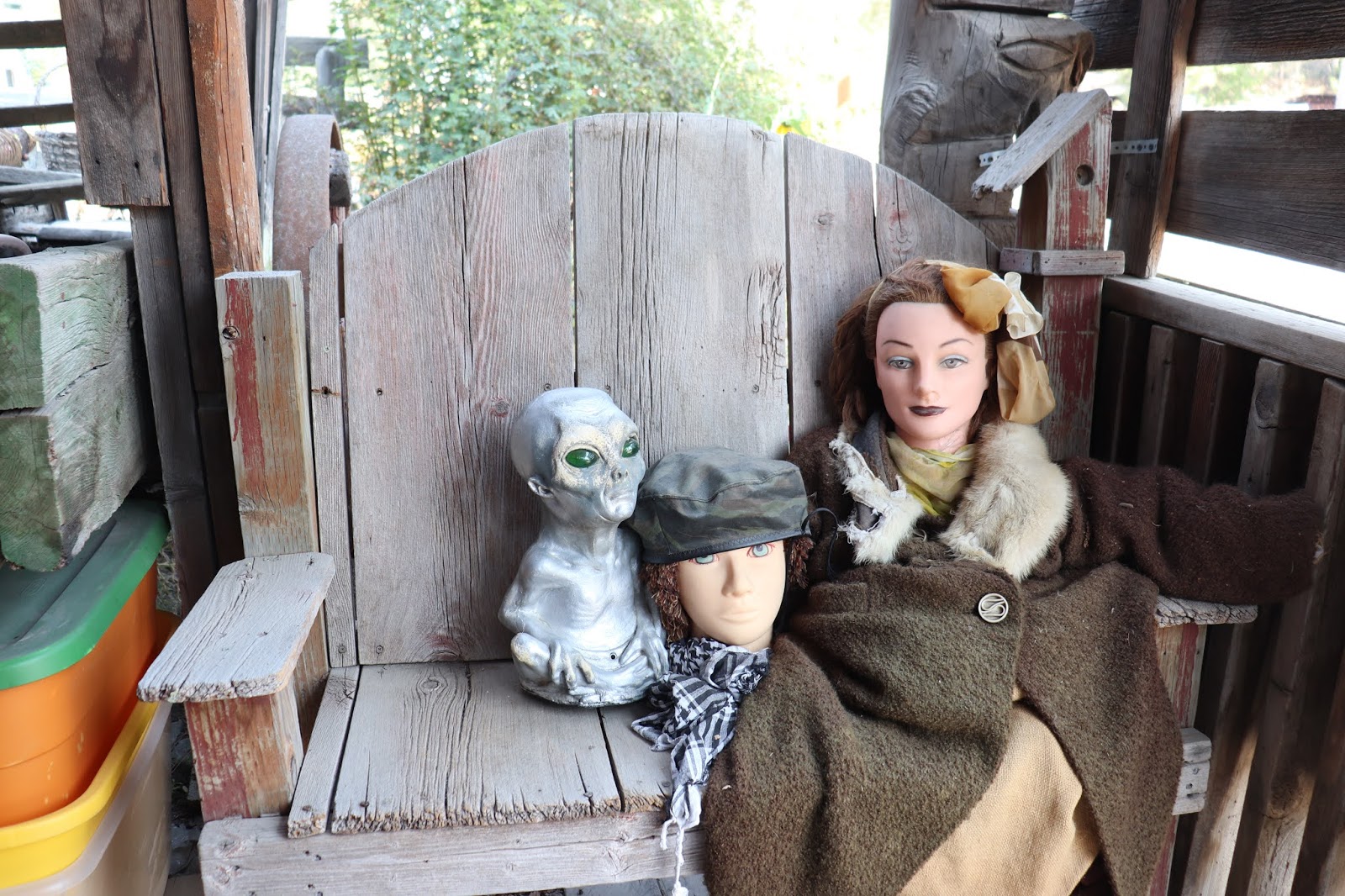
We stayed at Grayback Gulch Campground, 2 miles south of town, with wide open sites on top of a steep hill, for only $15/night ($7.50 if you’re a senior). Though no hookups here, the City maintains a very nice public dump station just a few miles outside town.
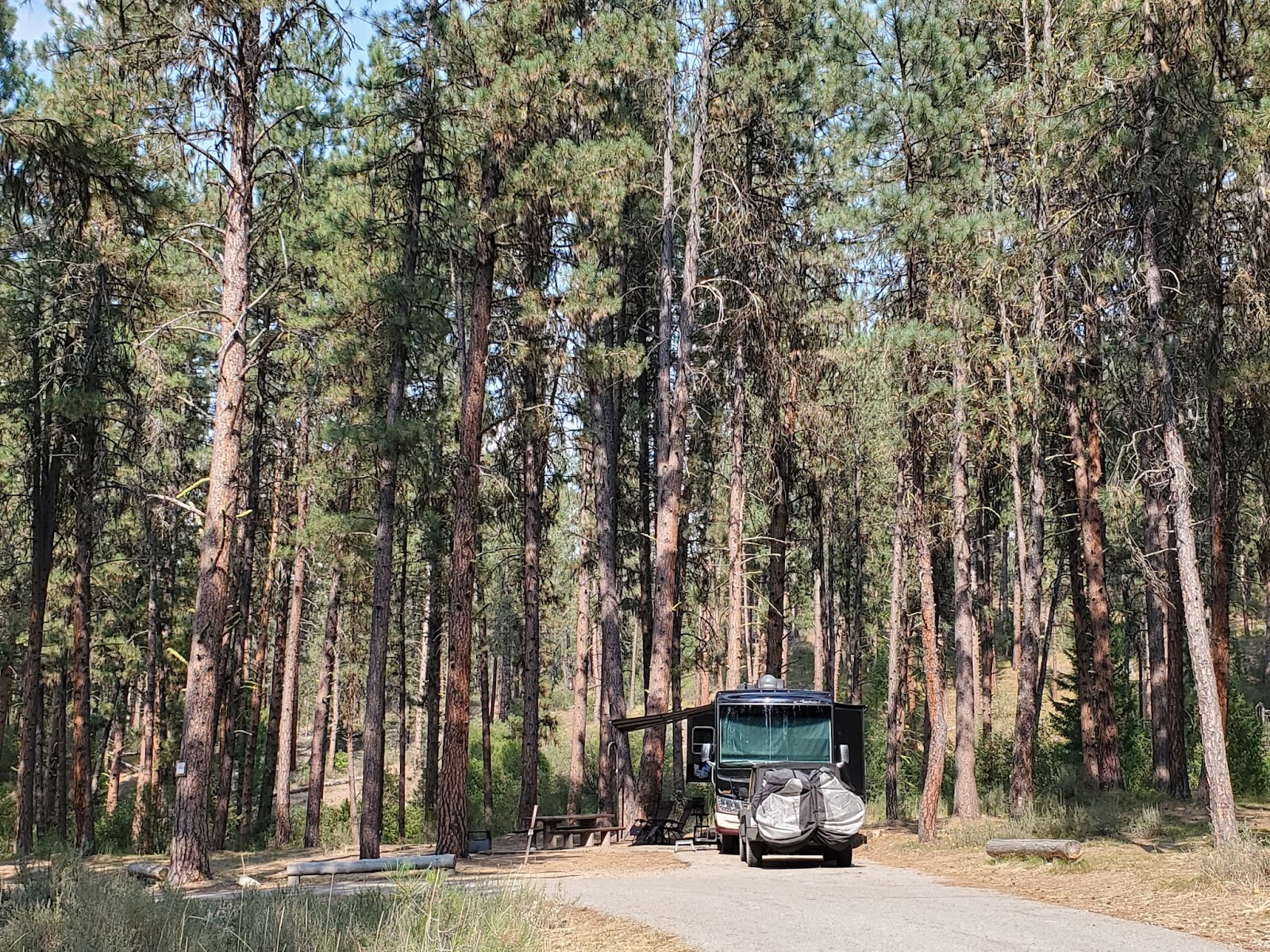
We didn’t stay at THIS campground, but with a name like this, who wouldn’t want to?!
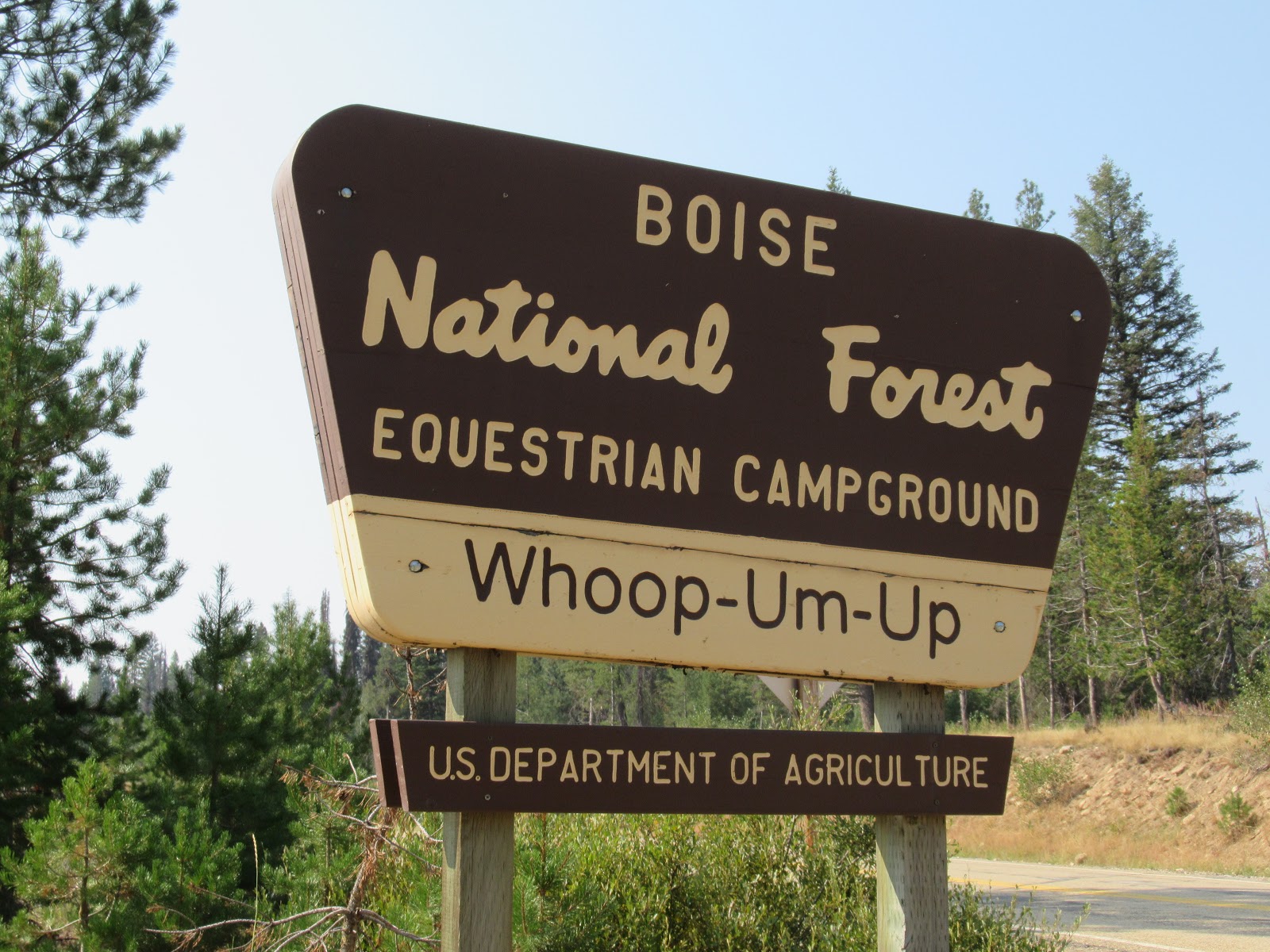
40 miles north near Lowman, Idaho is the gorgeous Kirkham Hot Springs. Hearing horror stories of hundreds of people crowding the springs every afternoon, we went early at 9 AM. From the highway, it sure didn’t look like much.
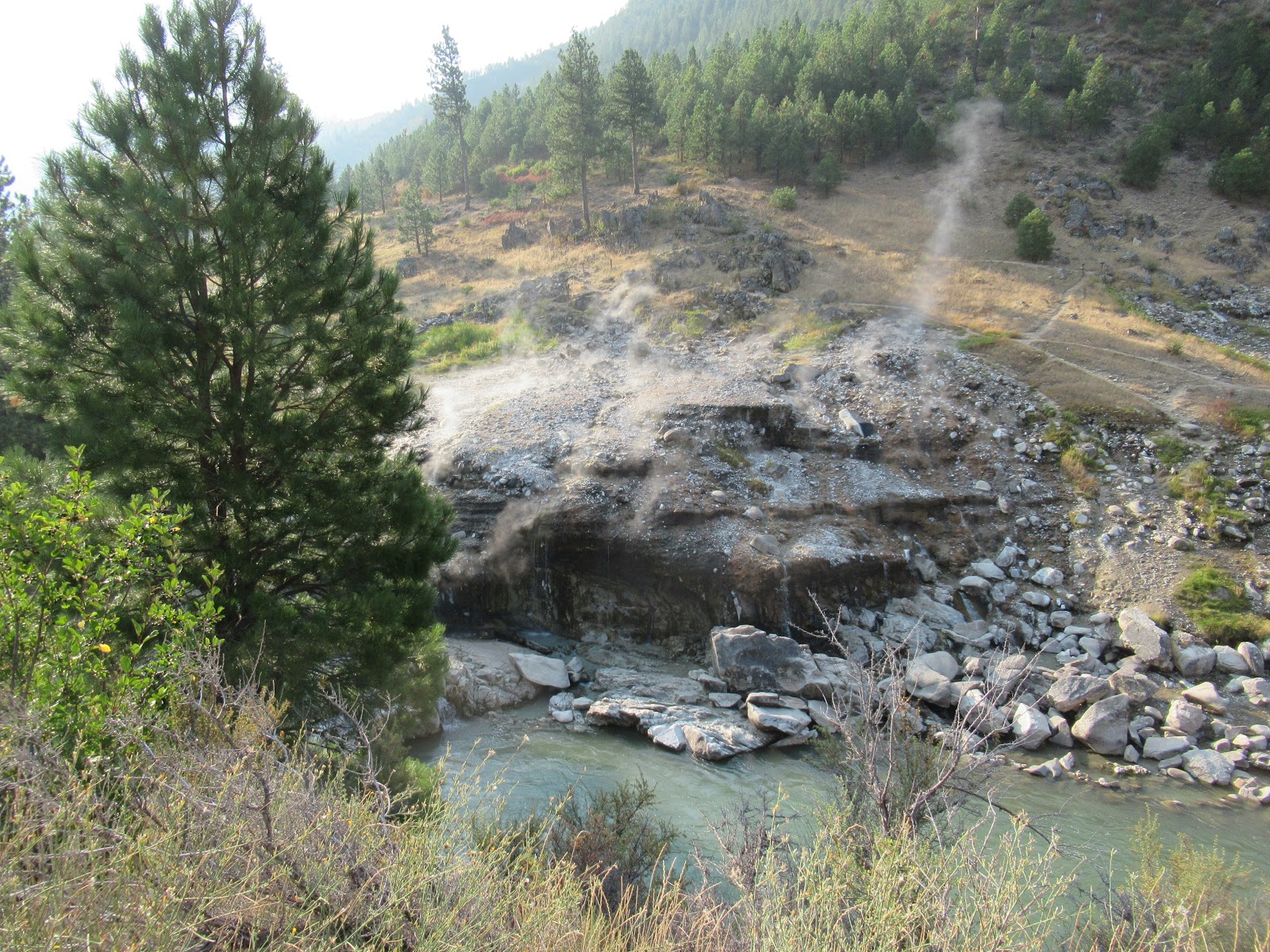
But climbing down the hill, we were rewarded with solitude, steamy mist rising off the rocks, and the perfect start to the day.
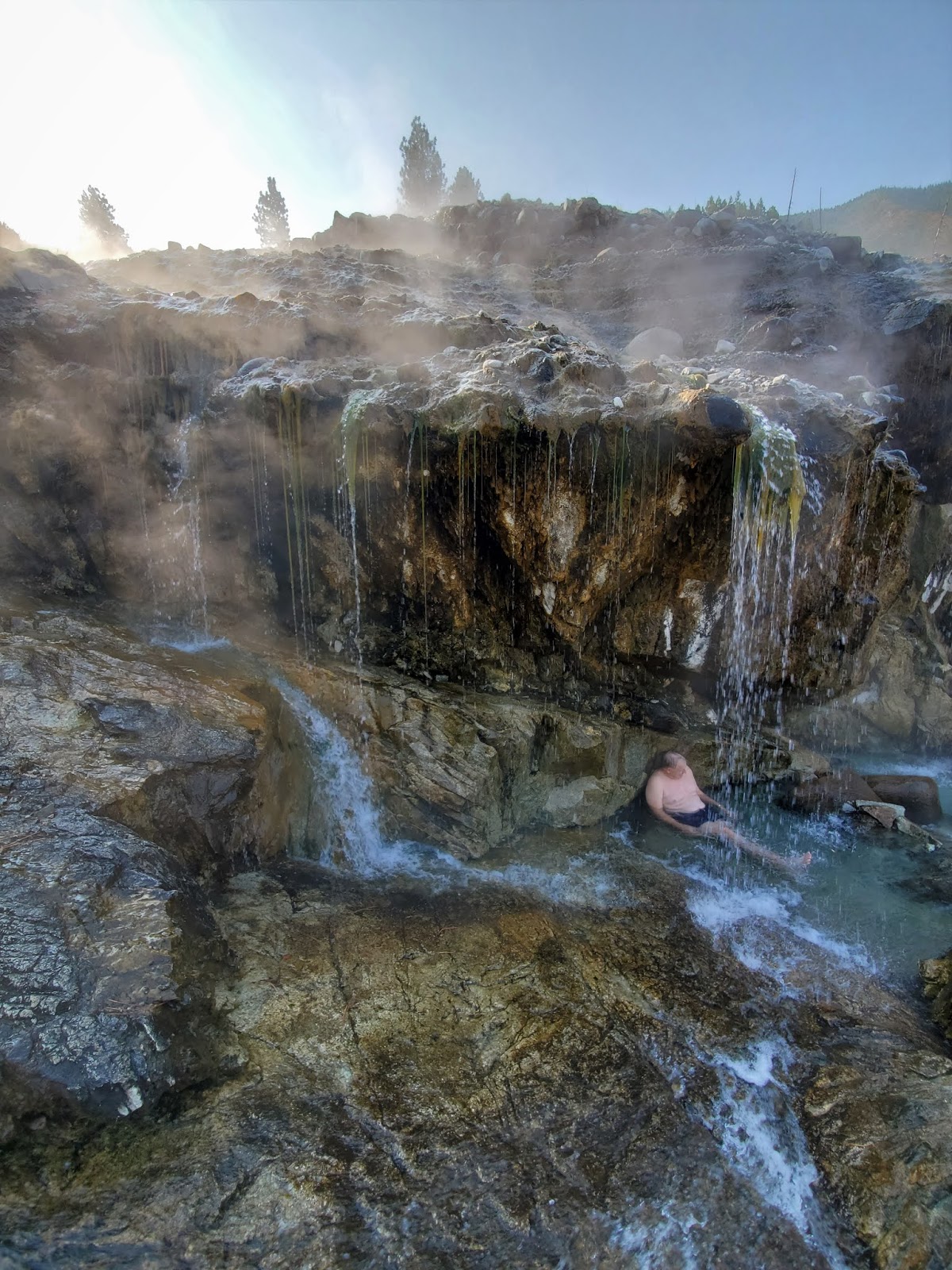
Unlike many hot springs, Kirkham is completely natural, with no man-made enhancements or changes.
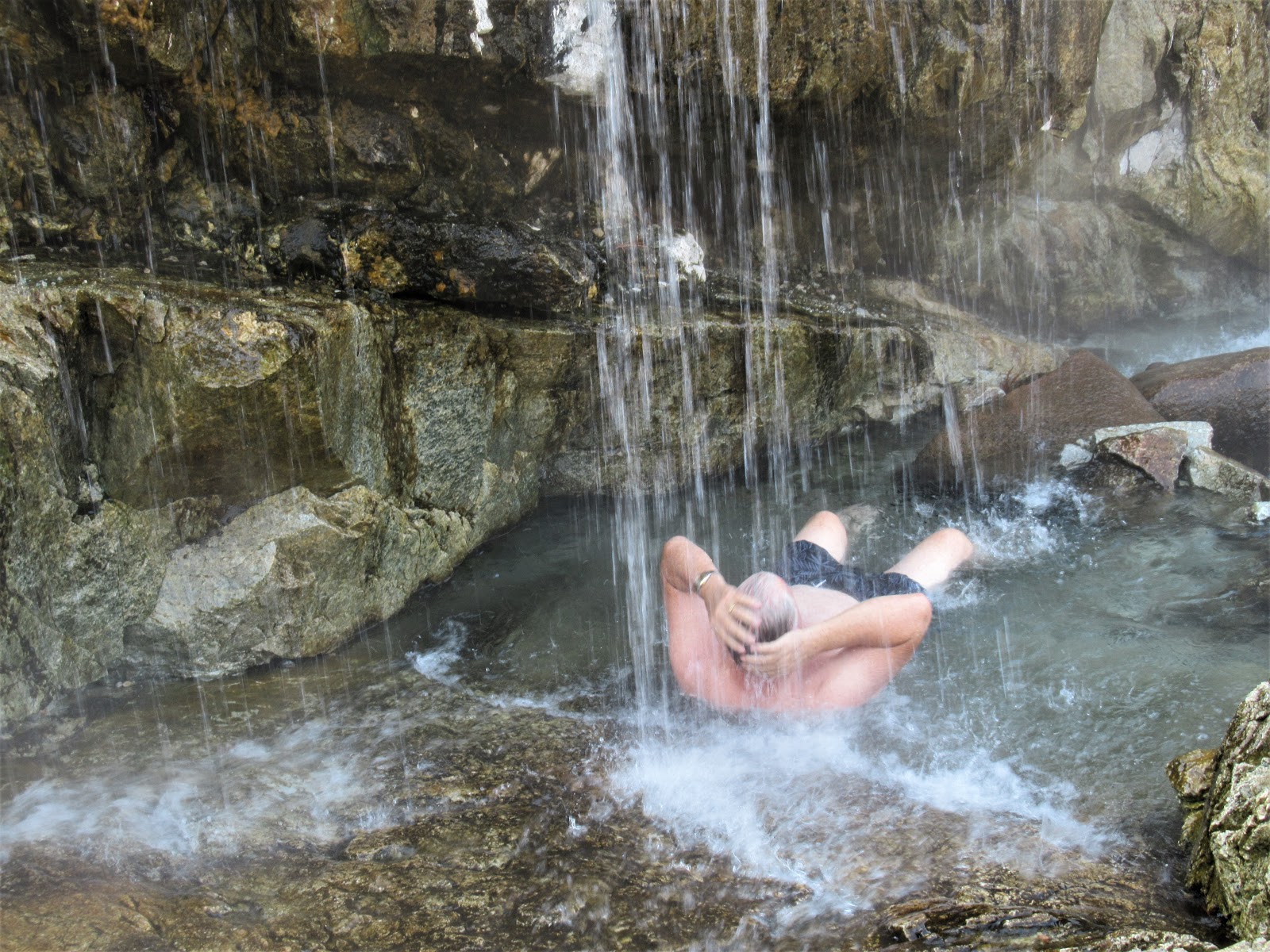
Ahhhhh! Now that’s refreshing … untouched nature at its finest!
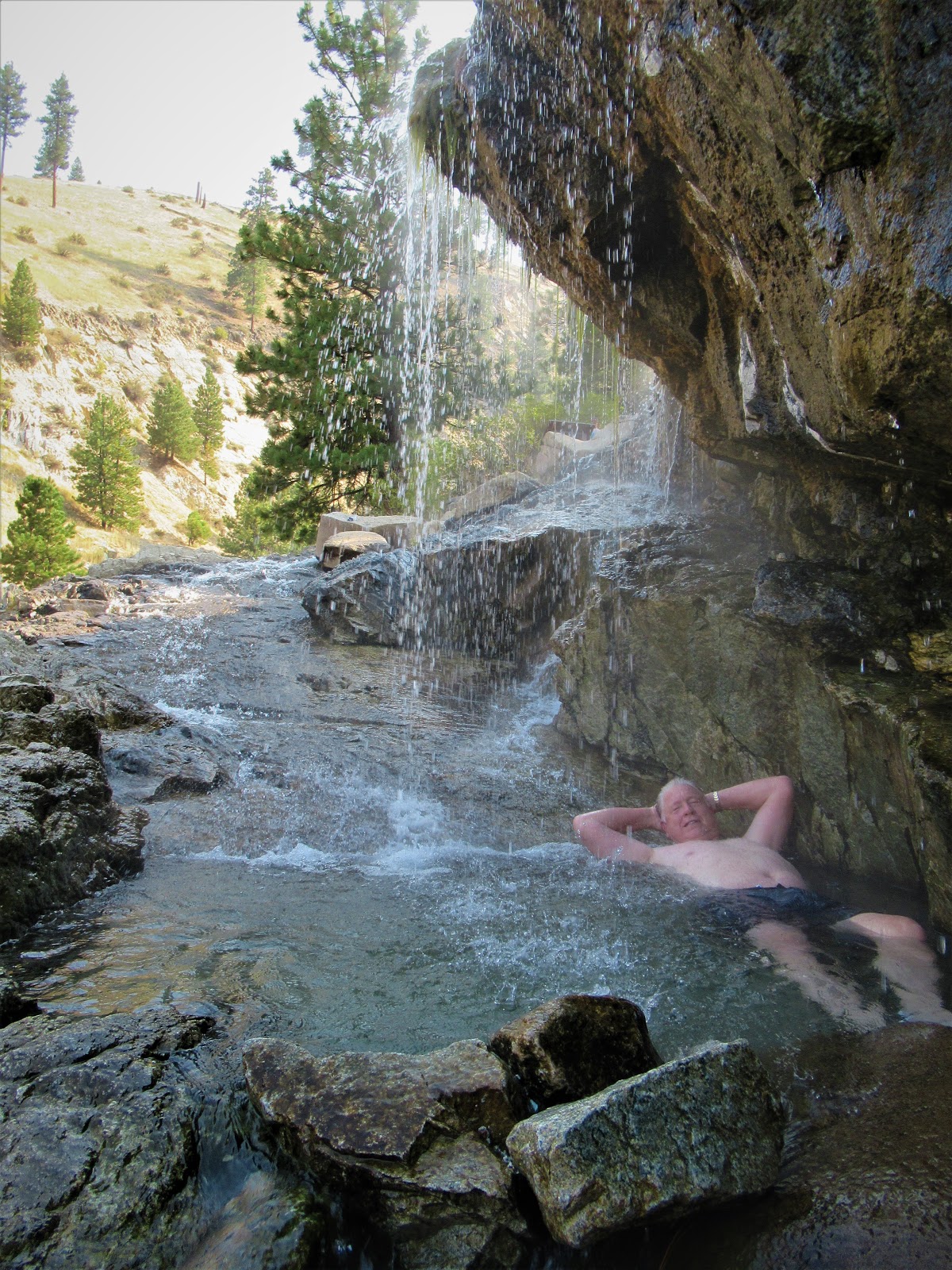
We arrived on the Ponderosa Pine Scenic Byway (Highway 21) from the west … now we’ll continue on it all the way to its natural end on the east, in Stanley, Idaho … population 63!
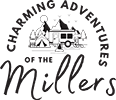
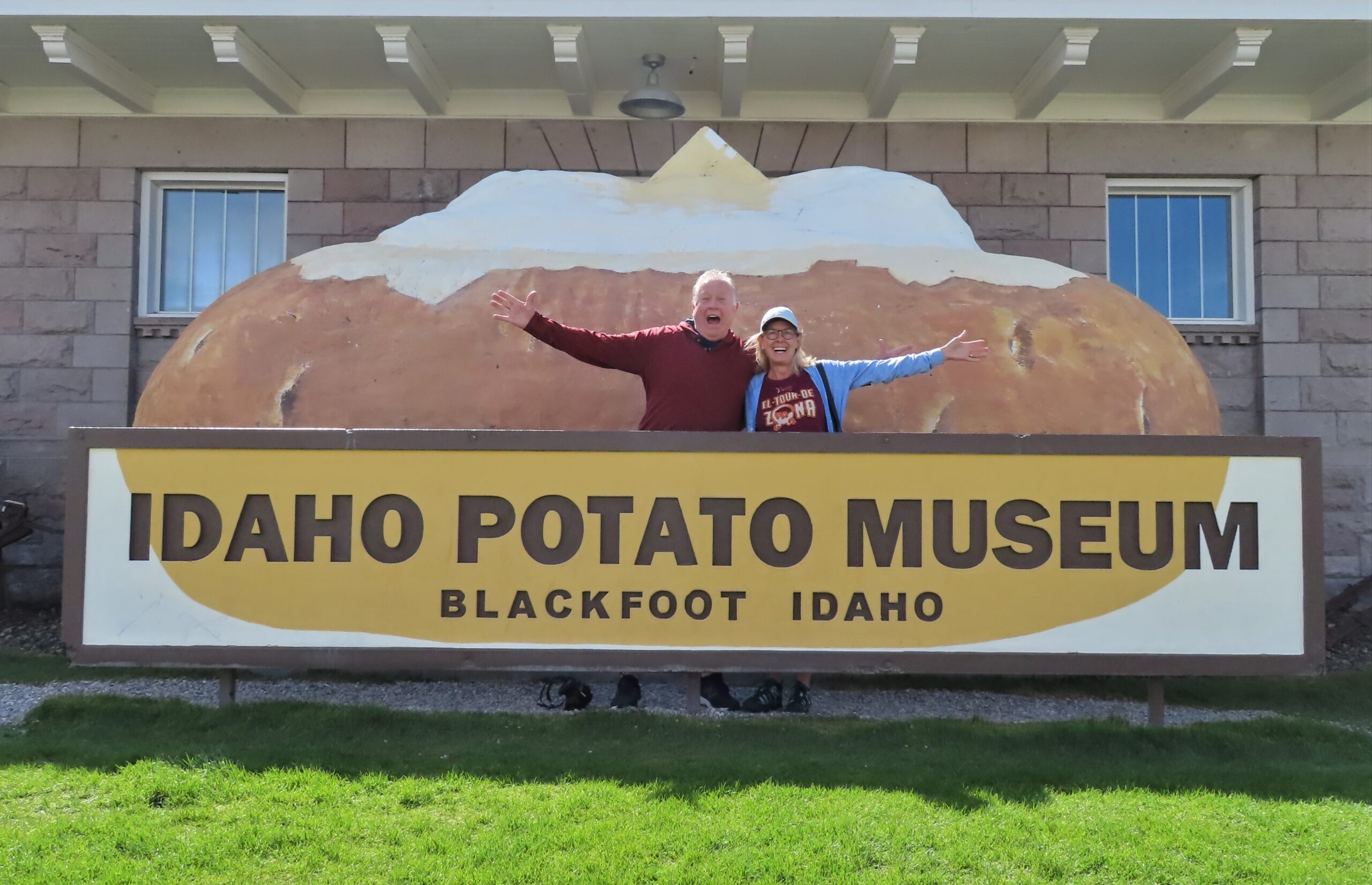


Okay, even I might have a hard time loving that old truck – despite the flowers. It sounds like the two of you are finding plenty of intriguing places to explore – enjoy every minute!